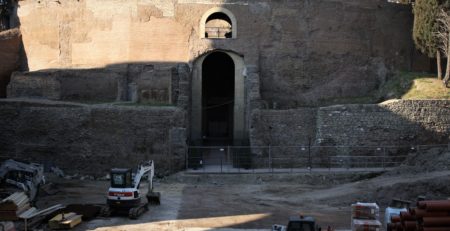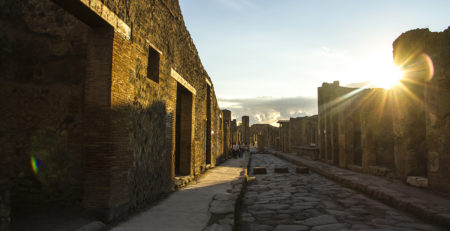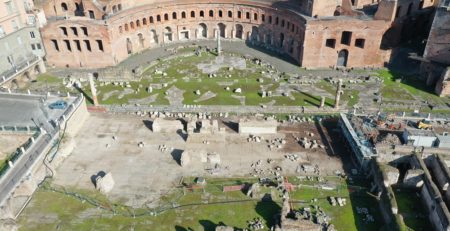Culture in Covid: The Via Francigena and Social Distance Tourism
Continuing the thread of alternative tourism (whether slow, green, adventure or all three) during the Covid19 pandemic. Time permitting, consider walking from one medieval town to baroque city along the Via Francigena or enjoy sections with our expert guides.

The Via Francigena (Road that Comes from France) is an historical pilgrimage route running from Canterbury, England through France and Switzerland and finishing in Rome, Italy.
The origins of Via Francigena can be traced back to the Dark Ages, around the 7th century. The modern geographical area of Italy was an area of tension between the Lombard and Byzantine empires. The Lombards wished to connect the Kingdom of Pavia with the southern duchies thereby helping create the Via Francigena (then, Via di Monte Bardone) out of necessity.
When the Lombard lost power to the Franks, the via became Via Francigena, or “road from France. As the via transitioned from the Dark to Middle ages, the route grew and it became the main connecting route between northern and southern Europe, carrying merchants, armies, and pilgrims. For the pilgrims, the via provided a safe and fast way for those who wished to visit the Holy See and the tombs of the apostles Peter and Paul.
During the Medieval period, the holy places of Christianity were Jerusalem, Rome and Santiago de Compostela. As seen still today, the Via Francigena provided access points to visit each of these places. Many pilgrims coming along the way from the north to Rome would continue along the Via Appia towards the ports of Puglia, where they would embark for the Holy Land. On the other hand, Italian pilgrims to Santiago followed this road to the north, to embark for the French ports, or continue to the Mont Cenis and then take the Via Tolosana to Spain. Arguably, the Via Francigena generated the great phenomenon of modern Christian pilgrimage. Although the pilgrimage has religious foundations, it also serves as “a channel of communication fundamental to achieving the cultural unity that characterized Europe in the Middle Ages.”

The Via Francigena became an essential route for trade between the north and south Europe, which lead to the urbanization of its landscape and increased development of many towns along its route. Reflective of its sudden growth, Via Francigena lost its importance rapidly as a trade route when alternative routes were created in the thirteenth. Via Francigena hence “lost its unique character” as being the only route to link Rome with the rest of the world since Ancient Roman times. The name was even changed to Via Romea, which inversely highlighted the destination city of Rome, not the origins. Even pilgrim activity on the route decreased.
Within the past two to three decades, the Via Francigena has been recognized by the European Council of Europe as a “Cultural Route of the Council of Europe” in 1994 and as a “Major Cultural Route of the Council of Europe” in 2004, bringing with it widespread fame for its cultural and artistic importance from churches to monasteries and ancient Roman monuments. Numerous accommodations and lodgings have popped up along the route, from luxury boutique hotels in refurbished medieval buildings to quaint and relaxed cottages. And obviously, being in Italy, restaurants and local food markets line the pilgrimage, rendering it a culinary passageway as well.
All in all, the Via Francigena is an incredible example of multifaced tourism perfect for a social-distancing age.











